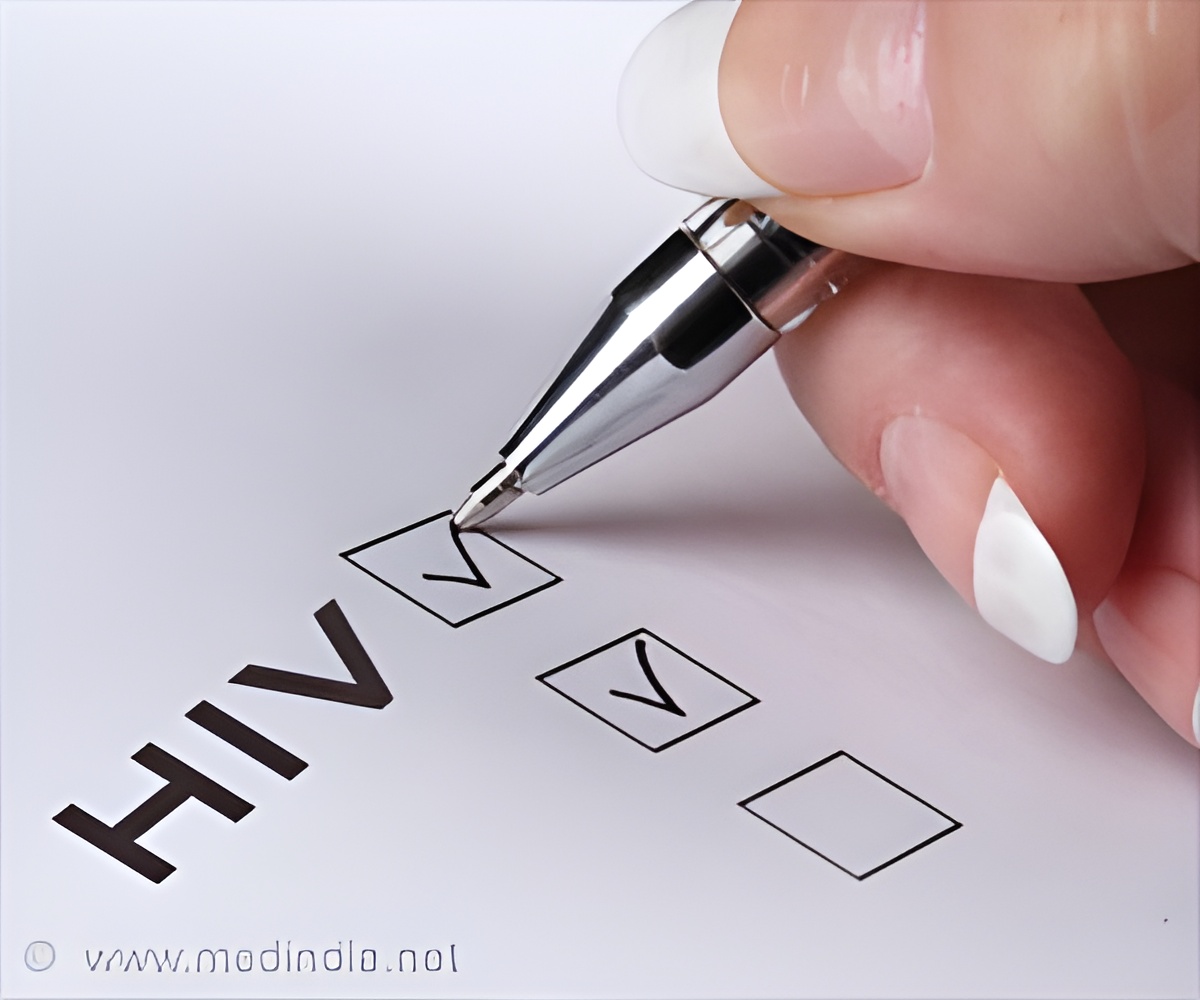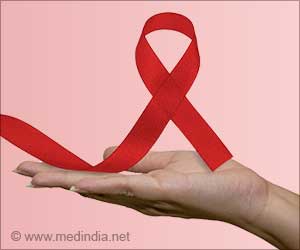Lay provider HIV testing in Vietnam offers a new model to connect at-risk populations with antiretroviral therapy.

‘HIV testing by lay providers /a person who is not trained can serve as a critical addition to efforts to achieve the United Nations' 90-90-90 global HIV targets by 2020.’





Evidence from the study--conducted by PATH in partnership with the Vietnam Ministry of Health, the United States Agency for International Development (USAID), and the Center for Creative Initiatives in Health and Population in Hanoi--suggests that community-based HIV testing is an effective approach to reach people at risk of HIV who have never been tested or test infrequently. Key at-risk populations include people who inject drugs, men who have sex with men, female sex workers, and first-time HIV testers.A cross-sectional survey of 1,230 individuals tested by lay providers found that 74 percent of clients belonged to at-risk populations, 67 percent were first-time HIV testers, and 85 percent preferred lay provider testing to facility-based testing. Furthermore, lay provider testing yielded a higher HIV positivity rate compared to facility-based testing and resulted in a high ART initiation rate of 91 percent.
"PATH is committed to achieving the global 90-90-90 goals by 2020 and to ending AIDS by 2030," said Dr. Kimberly Green, PATH HIV & TB Director. "Innovation in HIV testing is absolutely critical to meet these ambitious targets, and community-based HIV testing offers a promising solution to connect undiagnosed people with the services they need."
Lay providers participating in the study belonged to community-based organizations led by at-risk populations in urban areas and to village health worker networks in rural mountainous areas. Providers used a single rapid diagnostic test in clients' homes, at the offices of community-based organizations, or at any private place preferred by the client.
The approach helped to overcome barriers that had prevented key populations from seeking facility-based testing services, such as a perceived lack of confidentiality, fear of stigma and discrimination, inconvenient service opening times and distance, and long waiting times for test results.
Advertisement
The study provides new evidence on the effectiveness of HIV testing administered by non-health care workers representing key populations and frontline village health volunteers. The results also support findings from community-based HIV testing approaches in other regions, including sub-Saharan Africa, that have demonstrated comparatively high rates of HIV testing uptake, high HIV positivity yields, and high success rates in linking people to care.
Advertisement
Source-Eurekalert














